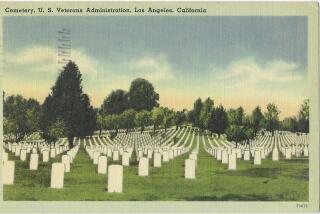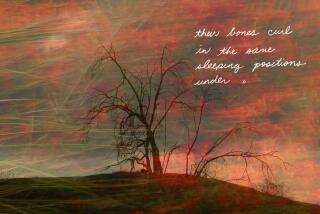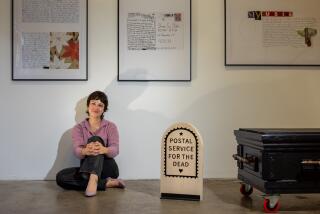Bringing poets and poetry back to life
CUNDY'S HARBOR, MAINE — On the big screen, the leader of the Dead Poets Society at an all-boys prep school was an inspirational teacher played by Robin Williams.
In real life, he’s a balding amateur poet who drives around in his “Poemobile,” visiting and documenting the graves of dead poets and calling attention to their works.
Walter Skold, founder of the Dead Poets Society of America, just finished a three-month road trip in which he visited the graves of 150 poets in 23 states. Skold boasts that he set a literary land speed record of 1.66 gpd (graves per day) over the course of his 15,000-mile journey.
While his graveside poetry readings -- and occasional cemetery sleepovers -- evoke the macabre, Skold insists his intentions are honorable.
“It’s not really a morbid project but, rather, a way to honor our literary forebears and to historically resurrect their works,” Skold said.
His reports, which sometimes include offbeat tombstone art, are posted online; he encourages others to get out and find the graves of dead poets and to post their video and photos online.
Skold, 49, of Freeport, founded Dead Poets Society of America a year ago, leaving his job as a public school technology teacher to pursue his passions of poetry and photography. For his trip, he bought a used cargo van with a rack for cameras and supplies, shelves for books and a desk that, in a pinch, doubles as a bed.
Over the course of his 90-day journey, Skold visited the grave sites of giants of the poetry world, including Robert Frost, Walt Whitman, Ralph Waldo Emerson and Henry Wadsworth Longfellow, as well as lesser-known poets such as Dudley Randall, whose Broadside Press published many leading African American writers.
He’s making a film documentary called “Finding Frost: Digging Up America’s Dead Poets.” Next year, he hopes to scout out America’s dead poets buried in Europe.
He was especially intrigued by poets who’ve been forgotten altogether. He calls them the “doubly dead” because they suffered a second death when their works were “slowly consigned to literary oblivion.” Some of those include Madison Cawein, Eugene Fields, Virginia Boyle and Elizabeth Hollister Frost, he said.
Skold also discovered that the final resting places of many poets are unknown. In Maine alone, he found 29 poets whose final resting places are a mystery to the public.
“So many of these individual poets have such interesting stories and such interesting lives that I really feel it’s a shame that they’ve been lost to our literary imagination or our literary history,” he said. “I’m trying to bring back people’s works and lives who have value and who have been forgotten for one reason or another.”
The Library of Congress believes Skold’s effort is the first such literary undertaking, said Peter Armenti, a digital reference specialist whose focus is poetry.
Many of the poets’ grave locations are well-documented, but only to scholars and poetry buffs, Armenti said. Skold’s effort attempts to make the poets’ information accessible to the general public, and in doing so generate some interest in America’s poets.
“I just think it’s a fascinating project,” Armenti said. “I’m glad somebody’s doing it.”
Skold’s project has the blessing of nine state poets laureate, each of whom was enlisted to participate in poetry readings during his road trip.
On a recent afternoon, Skold was in Cundy’s Harbor at the burial site of Robert P. Tristram Coffin, who won the Pulitzer Prize for poetry in 1936. The Poemobile, named for Edgar Allan Poe, was parked nearby with the bumper sticker, “I brake for old graveyards.”
More to Read
Sign up for our Book Club newsletter
Get the latest news, events and more from the Los Angeles Times Book Club, and help us get L.A. reading and talking.
You may occasionally receive promotional content from the Los Angeles Times.










